Sound behavior in interior spaces is often an underestimated factor when selecting flooring materials, especially in multi-story buildings or commercial environments where footfall noise can affect comfort and functionality. HDF-engineered wood flooring offers unique acoustic characteristics due to the nature of its core material and layered structure. As a manufacturer with experience across global markets, we've seen growing interest in how engineered flooring contributes to sound insulation, particularly in apartment complexes, hotels, and office developments.
At the heart of acoustic performance in flooring lies the material's ability to absorb or reduce the transmission of impact and airborne sound. High-density fiberboard, being denser and more uniform than many other core types, plays a central role in controlling noise. HDF's compact structure minimizes hollow echoes when walked on and supports tighter joints between boards, which helps reduce the transmission of impact sounds—especially when paired with the right underlayment. This makes HDF-core flooring a reliable choice for spaces where a quiet and composed atmosphere is valued.
One of the distinct benefits of HDF-engineered flooring is its compatibility with various underlayment systems designed to enhance acoustic insulation. These include foam, cork, or rubber-based layers, which can be tailored to the specific sound rating requirements of a project. When correctly installed, this combination can achieve performance levels that meet or exceed building code standards for soundproofing, such as IIC (Impact Insulation Class) and STC (Sound Transmission Class) ratings.
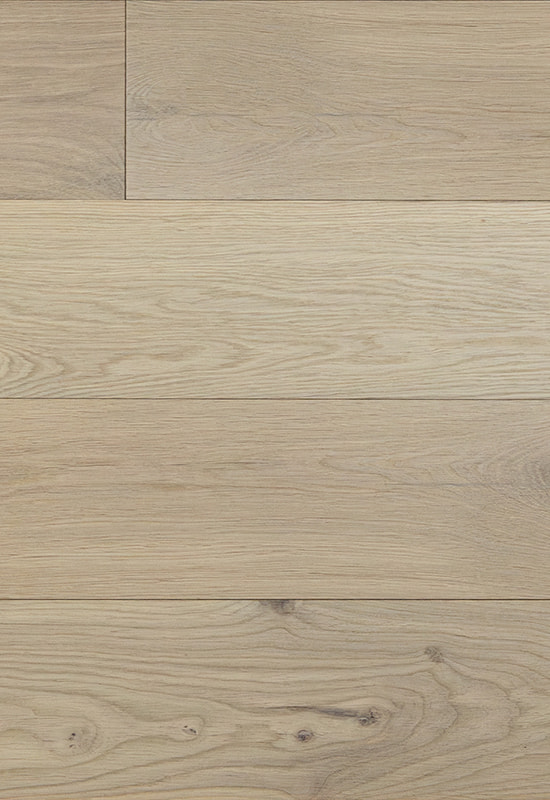
Beyond physical noise reduction, there is also a perceived improvement in acoustic comfort. Because HDF cores support stronger interlocking systems, they reduce the small shifts or flexing in the flooring that can cause squeaks or vibration. This translates into a more solid underfoot feel and a quieter day-to-day experience, something that end users often notice even if they can't pinpoint why the space feels more comfortable. This performance stability adds to the long-term value of HDF-engineered wood flooring for property owners and developers.
In comparison with other core types like plywood or softwood blocks, HDF provides a tighter sound barrier thanks to its homogenous fiber structure. While traditional hardwood flooring can amplify sound due to its rigidity and solid profile, engineered floors with HDF cores offer a softer acoustic footprint without losing the visual appeal of genuine wood. This is especially important in urban buildings where noise control is a growing consideration during material selection phases.
For clients planning multi-unit housing or high-traffic commercial installations, we often recommend HDF-engineered flooring not only for its stability and aesthetic options but also for its acoustic adaptability. Our products are tested to ensure performance consistency, and we work closely with partners to select the best underlayment combinations based on the use case. With thoughtful planning, flooring becomes more than just a surface—it becomes part of the building’s acoustic design.
Ultimately, understanding the acoustic properties of engineered flooring helps buyers make more complete and strategic decisions. Choosing HDF-engineered wood flooring means investing in not just appearance and durability, but also in the sound environment of the space. As a trusted supplier, we're proud to support customers with flooring solutions that contribute to quieter, more pleasant interiors—an increasingly important feature in today’s building design standards.


 English
English 中文简体
中文简体 Français
Français
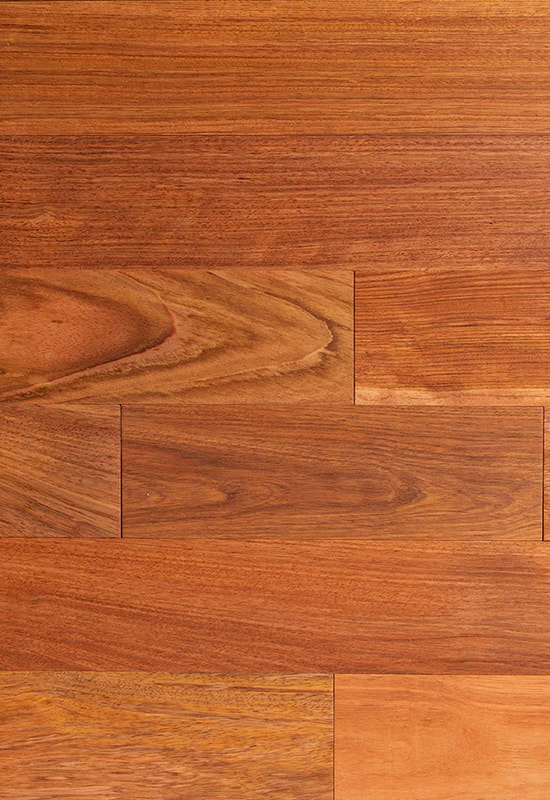
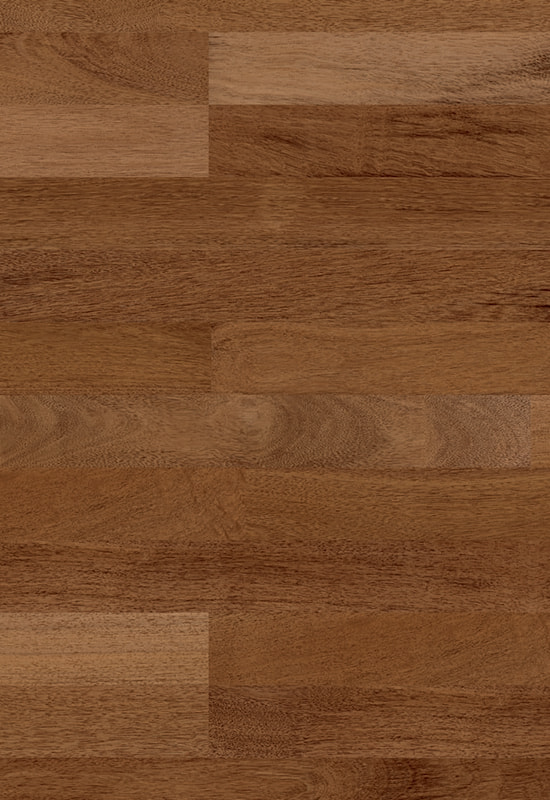
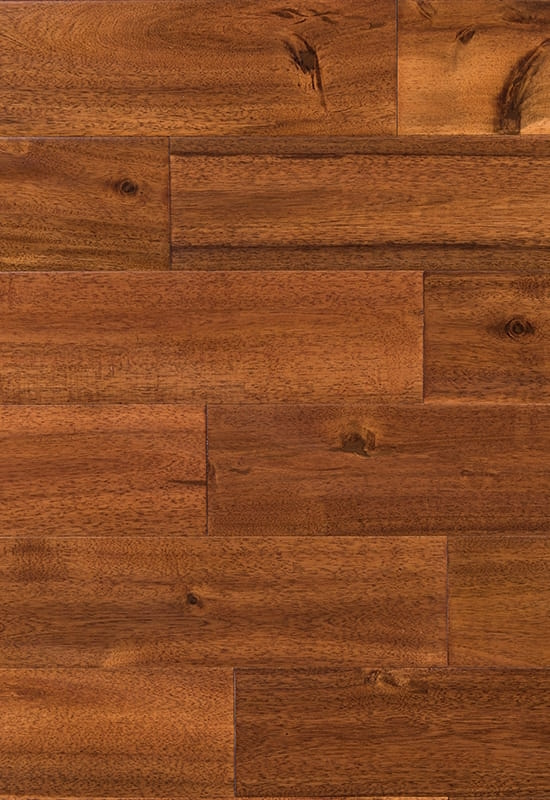
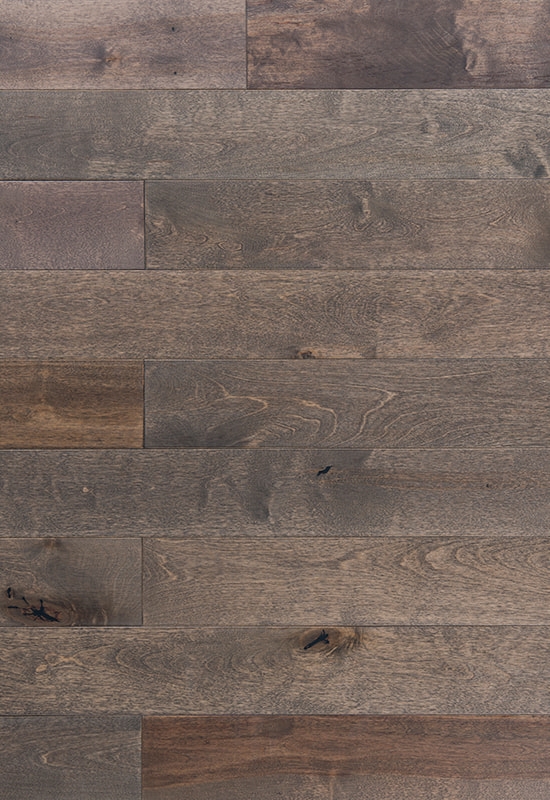
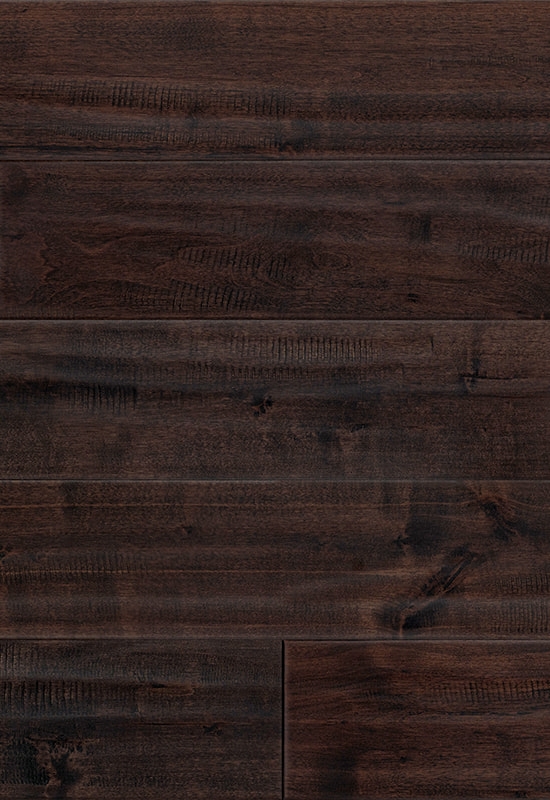
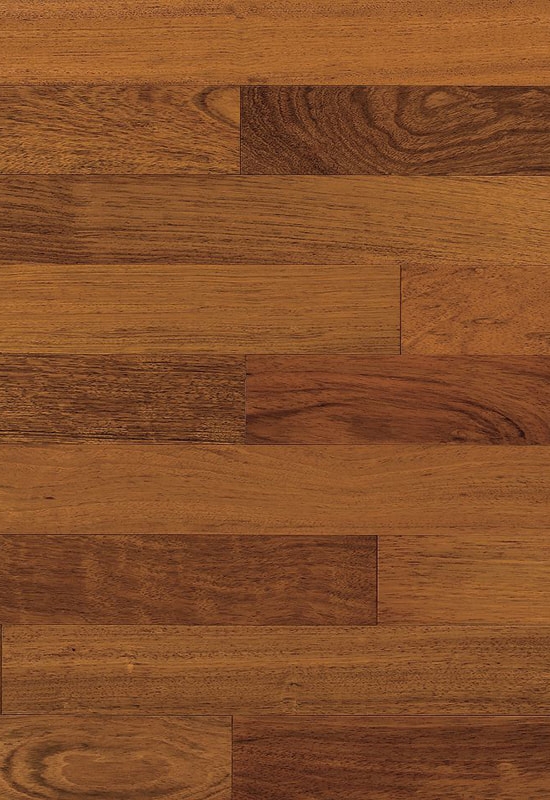
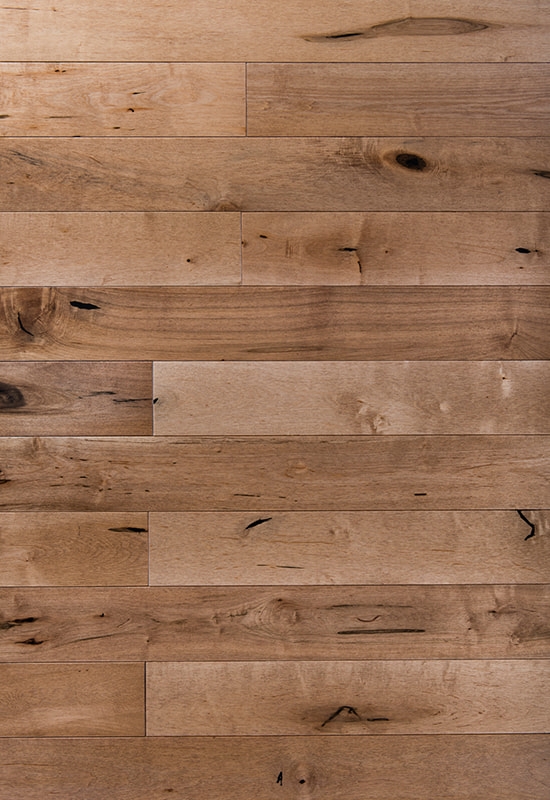
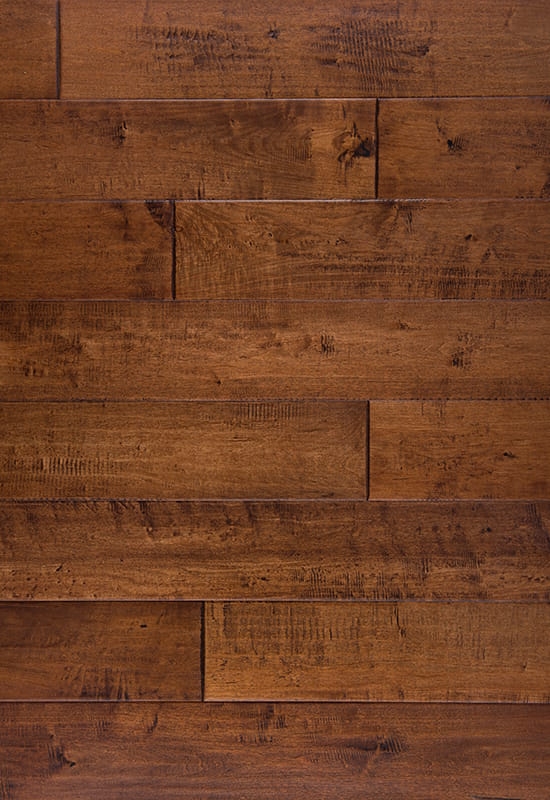
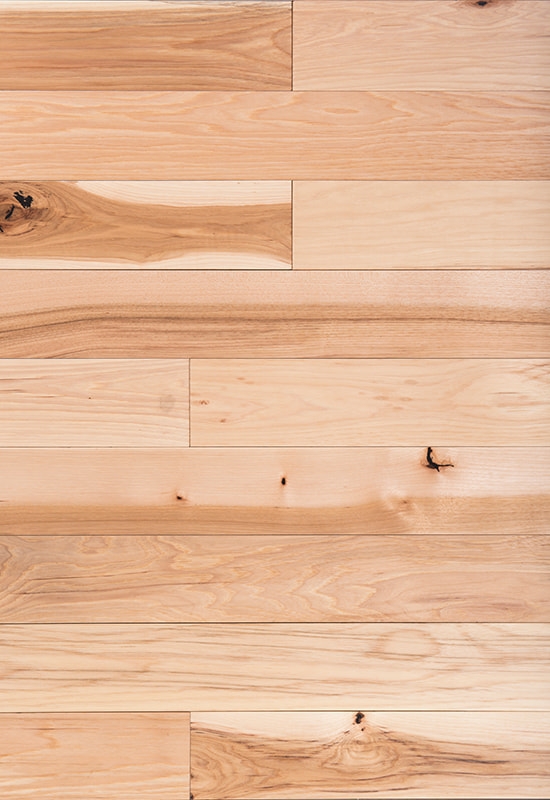
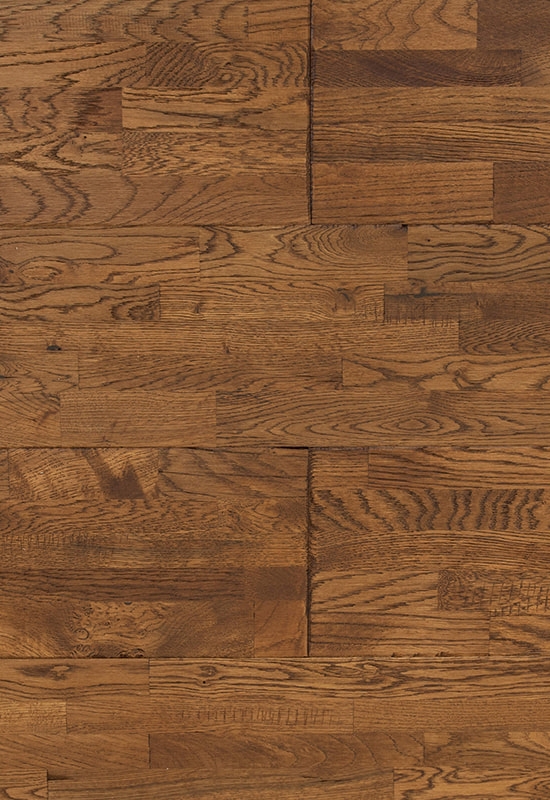
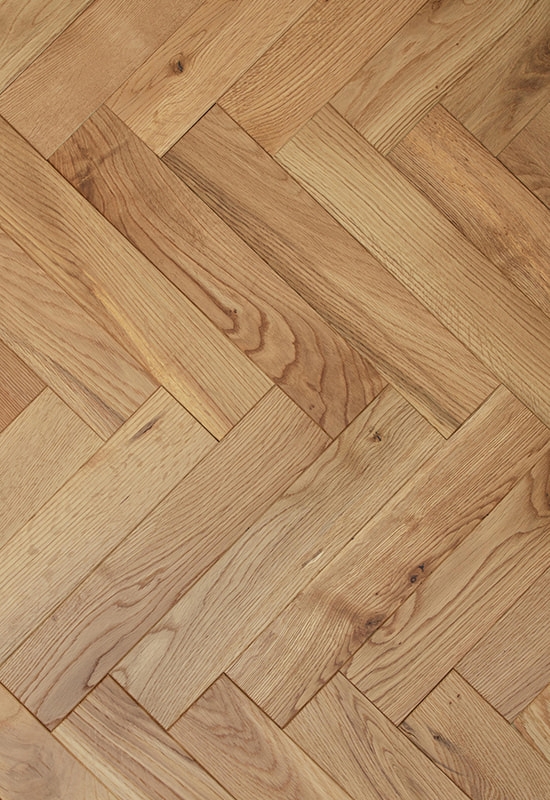
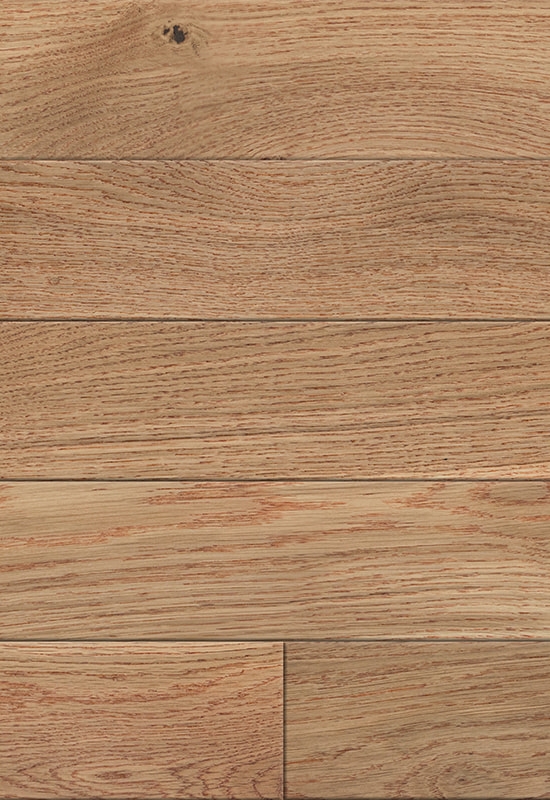

 +86-572-2118015
+86-572-2118015 No.598. Gaoxin Road, Huanzhu Industrial Zone, Huzhou City, Zhejiang Province, China, 313000
No.598. Gaoxin Road, Huanzhu Industrial Zone, Huzhou City, Zhejiang Province, China, 313000 